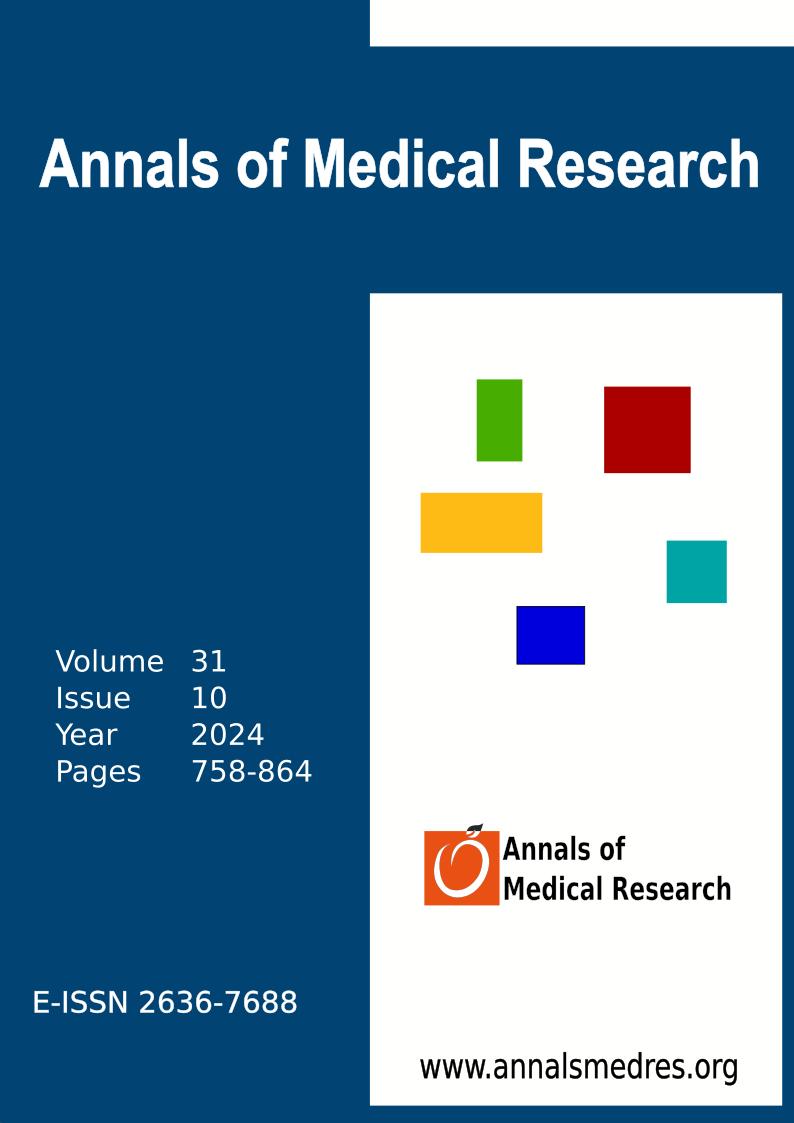Ashwagandha is protective of impaired motor-coordination in experimental CI/R damage in rats
Keywords:
Cerebral ischemia, Ashwagandha, Rota-rot, TTC, NeuroprotectiveAbstract
Aim: Cerebral ischemia (CI) is a condition in which metabolic stress increases when blood flow to a part of the brain is interrupted, resulting in oxygen and glucose deprivation. Later, during the treatment process, the ischemic tisue is reperfused, causing more neurological damage than the ischemic process. For this reason, developing protective practices in individuals at high risk of CI is much more important than developing treatment practices. Ashwagandha (ASW), an extract of the W.somnifera plant, is an agent with antioxidant, anti-inflammatory, antiapoptotic and neuroprotective effects. It has been reported in the literature that ASW is effective against neuropathological damage with different experimental models. In this study, it was aimed to explain the protective effect of ASW against CI/reperfusion damage.
Materials and Methods: 30 Spraque Dawley male rats were divided into 3 groups as Sham, CI, ASW+CI (n=10). 60 min CI was created using the intraluminal filament technique and sacrificed at the end of the 24-hour reperfusion period. ASW (200 mg/kg/day) was administered orally for 7 days before CI. Motor coordination was evaluated with rota-rot test before and after CI. Infarct area was determined by triphenyltetrazolium chloride (TTC) staining. Kruskal-Wallis test was used to compare the differences between the groups. p<0.05 was considered statistically significant.
Results: Neurological evaluations of the experimental groups were scored as ASW+CI (2), CI (3.5) and Sham (0). Infarct areas were calculated as Sham (0), CI (% 45.7) and ASW+CI (% 32.6). Post-ischemia rota-rot test results evaluating motor coordination were measured as Sham (280 sec), CI (15 sec) and ASW+CI (86 sec). Compared with the sham group, the increase in neurological score and ischemic area and the decrease in rota rot time in the CI and ASW+CI groups are statistically significant (p≤0.05). Compared with the ASW+CI group, the decrease in neurological score and ischemic area and the increase in rota rot time are statistically significant (p≤0.05).
Conclusion: ASW has protective effects against CI/R injury. 7-day ASW application before ischemia reduced the ischemic area. It reduced neurological damage, regulated motor coordination and maintained the neuronal death/survival balance against CI/R injury.
Downloads
Published
Issue
Section
License
Copyright (c) 2024 Annals of Medical Research

This work is licensed under a Creative Commons Attribution-NonCommercial-NoDerivatives 4.0 International License.
CC Attribution-NonCommercial-NoDerivatives 4.0






